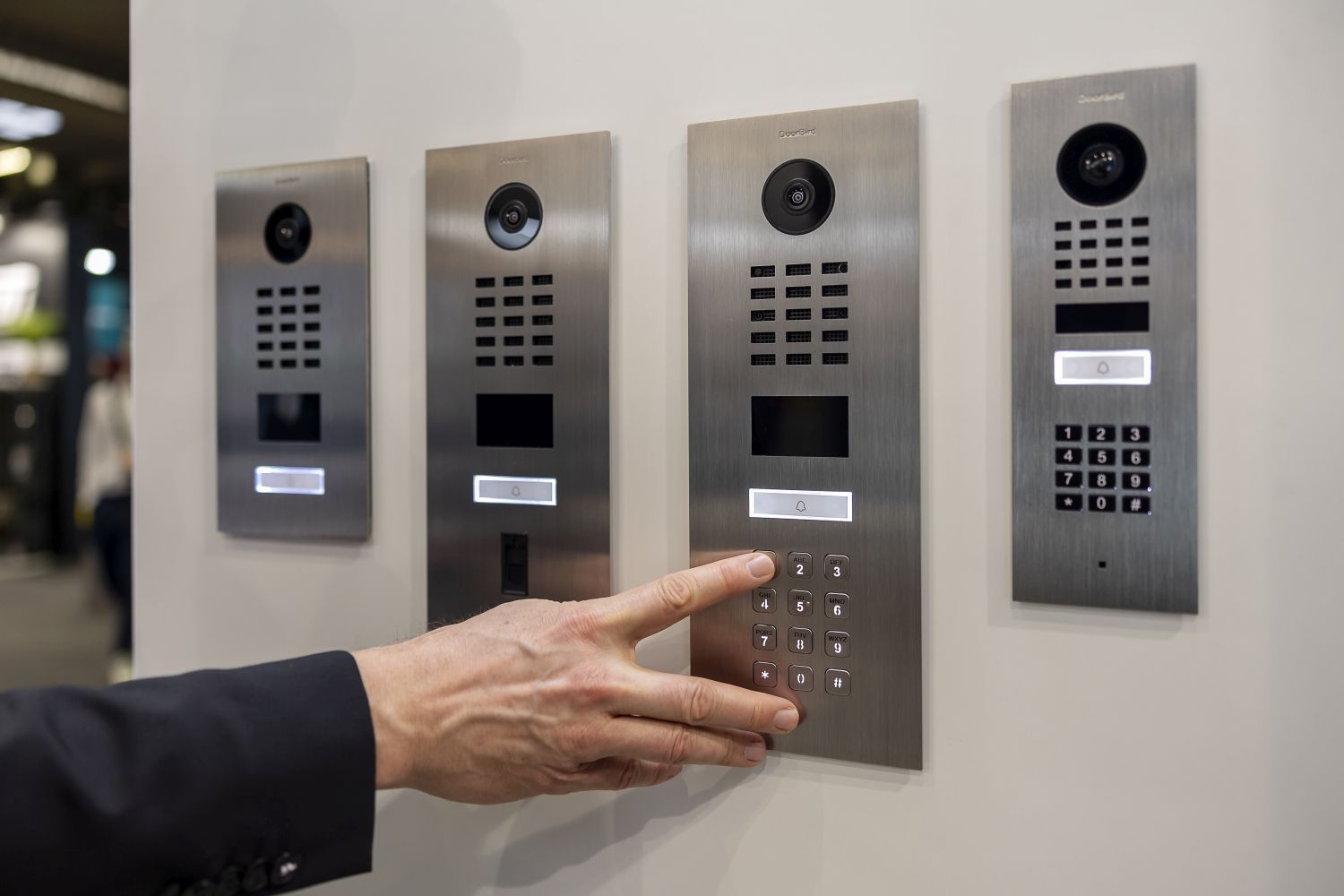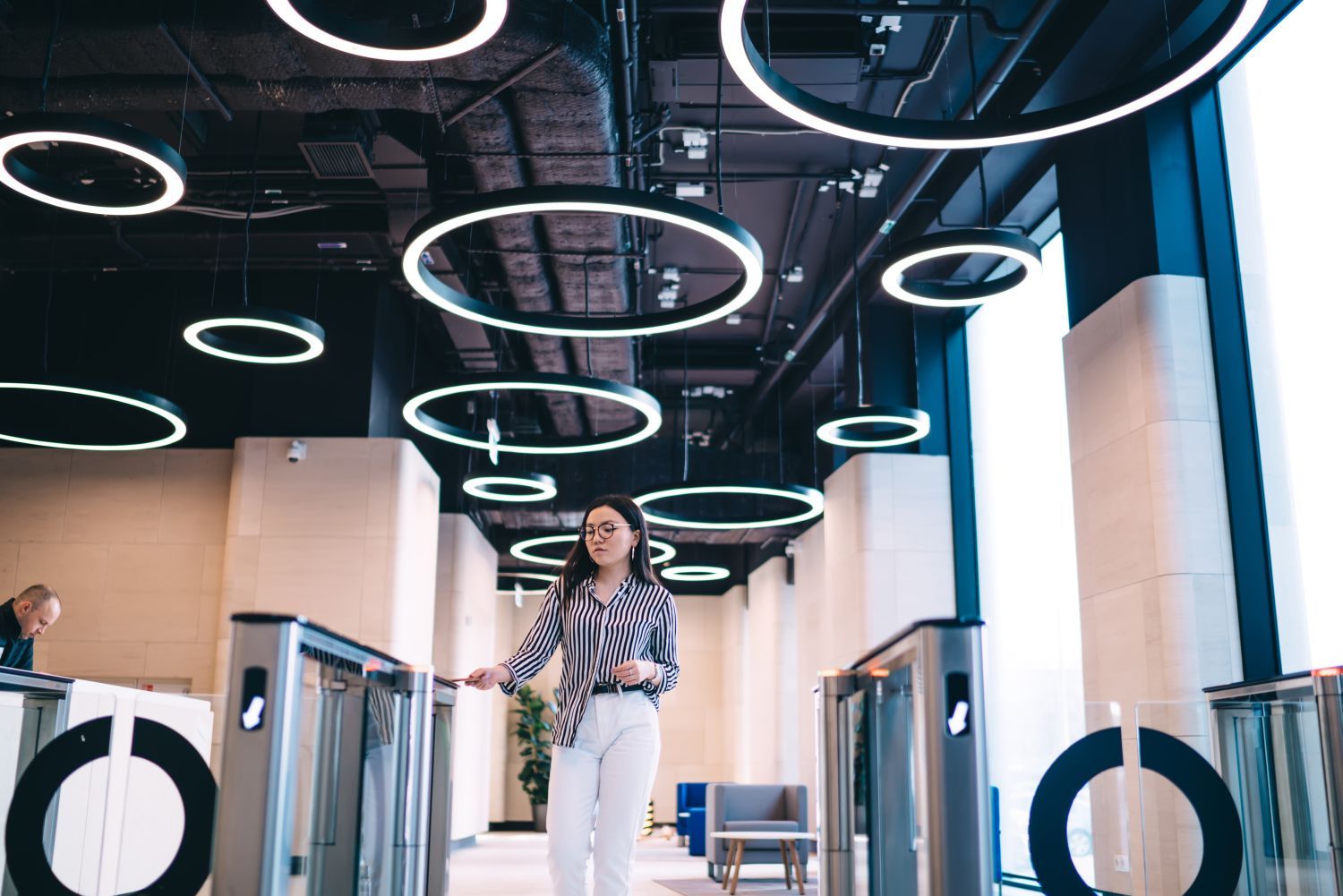Welcome to the digital transformation of the built environment

The pandemic clearly demonstrated smart buildings were better able to cope with quick changes in the economic and social environment. Then the technologies highlighted included control systems, remote working, and air quality. Now that we need to bring the people back to the office, the requisite technologies include Internet of Things and the ability to customise the built environment not only to the company, not only to the department, but even to the individual.
The new world of sensors and faster network connectivity bring together the opportunity for a digital transformation – from mechanical and operational technology to digital technology. When you have such a diverse number of functions that must play well together to bring the best outcomes, the focus is interoperability, making sure the parts can talk to one another. And whenever interoperability is discussed, there's always the inevitable question about open standards versus the gated communities that incumbents use to protect their current business.

Open standards facilitate interoperability between different systems and components, allowing for seamless integration and preventing vendor lock-in. The adoption of open standards fosters innovation and accelerates the development of new technologies.
And with the introduction of digital technology, why not take it a step further and offer a digital twin? A digital twin is a virtual replica of a physical building, created using real-time data and 3D modelling. This digital representation enables building managers to simulate various scenarios, optimise performance, and proactively identify maintenance needs.
Once you see the building as an extended network of digital endpoints, with valuable data at the network's edge, at that point digital twins make perfect sense to study and choose the technologies to monitor the digital activity of the building and to offer the predictive maintenance that saves both time and money.
Venture capital pouring into the smart building industry accelerates new technologies and new solutions. This is one of the best reasons to visit ISE in Barcelona where you'll find many of the latest innovations.
For one example, the pivotal role played by the mobile networks: it is ironic that the fixed structures known as buildings depend so much on mobile technology for their smarts. The rollout of 5G mobile networks brings high speed, low latency, and massive connectivity capabilities to enable a wide range of new applications, such as real-time video analytics, augmented reality, and autonomous robots. These applications will enhance security, improve operational efficiency, and even create more engaging experiences for occupants.
The Internet of Things (IoT) is another fundamental building block of smart buildings. IoT devices (such as sensors and actuators) collect and transmit data, enabling real-time monitoring and control of various building systems. IoT data is then analysed and data-mined for insight by artificial intelligence (AI) algorithms.
AI algorithms process vast amounts of data to identify trends, anomalies, and opportunities for optimisation – and that allows building managers to make data-driven decisions, improve operational efficiency, and enhance the occupant experience. AI-powered chatbots and virtual assistants also provide occupants with personalised assistance and information.
We can’t forget – above all else – buildings are a business and driven by financial gains and market demands for popular features and services.
Owners and landlords and occupants no longer want the dumb building but a “smarter” building that can (via automation) enable standard building functions while adding new features to make the quality of life and work in the building even smarter. It’s a question of capturing tenant demand while controlling costs.
A discussion of smart buildings is not so much a question of the building itself being smart but the stakeholders being smart to recognise that the digital transformation is the necessary technological step to bring buildings in line with today's 'always-on' digital life.
The smart building industry is at a pivotal juncture, driven by a confluence of business and technological trends. Building-as-a-Service, digital transformation, energy efficiency, and the return to the office are shaping the business landscape, while digital twins, open standards, 5G mobile, IoT, and AI are transforming the technological landscape.
As these trends continue to evolve, smart buildings will play an increasingly important role in creating sustainable, efficient, and people-centric environments.
Stay informed!
To discover the latest solutions and innovations from the leading smart building technology companies exhibiting at Integrated Systems Europe (ISE), as well as the hottest industry trends – sign up now.
Why ISE? Because it’s the world’s premier B2B show for audiovisual systems integration. If something dazzles your senses, revolutionises your work or makes an event unmissable, it probably originated at ISE.
Don't miss out – join our community today and stay at the forefront of the industry.

)
)
)
)
)
)
)
)
)
)
)

)
)
)
)
)
)
)
)
)
)
)
)
)
)
)
)
)
)
)
)
)
)
![[inst]ALLICHT](https://cdn.asp.events/CLIENT_Integrat_169E7B04_E6F3_39F6_8BE4DB27C54F731E/sites/ise-2026/media/libraries/partners/Inst_Allicht_Logo.png/fit-in/500x500/filters:no_upscale())
)
)
)
)
)
)
)
)
)
)
)
)
)
)
)
.png/fit-in/500x500/filters:no_upscale())
)
)
)
)
)
)
)
)
)
)
)
)
)
)
)
)
)
)
)